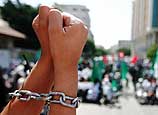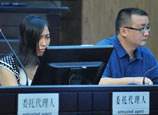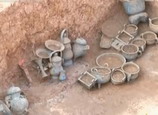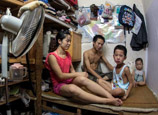
The GDP data for the first half of the year prove that China's growth is not as bad as some people previously feared. But as the country presses ahead with its industrial restructuring, there could be hard times ahead.
Year-on-year GDP growth eased to 7.5 percent in the second quarter, with the overall first-half growth 7.6 percent, according to the National Bureau of Statistics.
Given the grim foreign trade situation and manufacturing activity index for June, such figures will have reassured market watchers that growth remains resilient considering the ongoing restructuring of the economy. Growth in industrial output, fixed-asset investment and retail sales has remained healthy, which will alleviate fears of a hard landing.
With the short-term uncertainty settling down, the market is playing a guessing game as to the pace at which the authorities will implement the reform agenda. But it is clear the government intends to press on with its reform agenda.
The messages from teconomyhe State Council executive meetings this month showed the authorities are attaching more importance to social development, environmental protection, public services, consumption and financial reform.
In the financial sector, in particular, many expect the authorities to take substantial steps to liberalize interest rates, a move that will make the allocation of financial resources more efficient, thus providing long-term, sustained traction for the country's economic growth.
Such reforms are necessary since they will help promote sustainable growth in the long term, but in the short term they could have an impact on the country's growth performance, especially given the still weak fundamentals.
While the country's second-quarter GDP growth was less than 7 percent if annualized, it was still strong enough to be the envy of the developed economies. However, it will be challenging for the world's fastest-growing major economy.
Yet there is little reason to predict that growth will pick up sharply in the second half of the year given the hands-off stance of central policymakers. And as the country continues to reform its economic structure to make it less dependent on foreign demand and investment and squeeze financial risks, it is necessary to face the possibility that growth could dip even further in the worst-case scenario.
















 College student car models show youthful vigor
College student car models show youthful vigor


![]()
